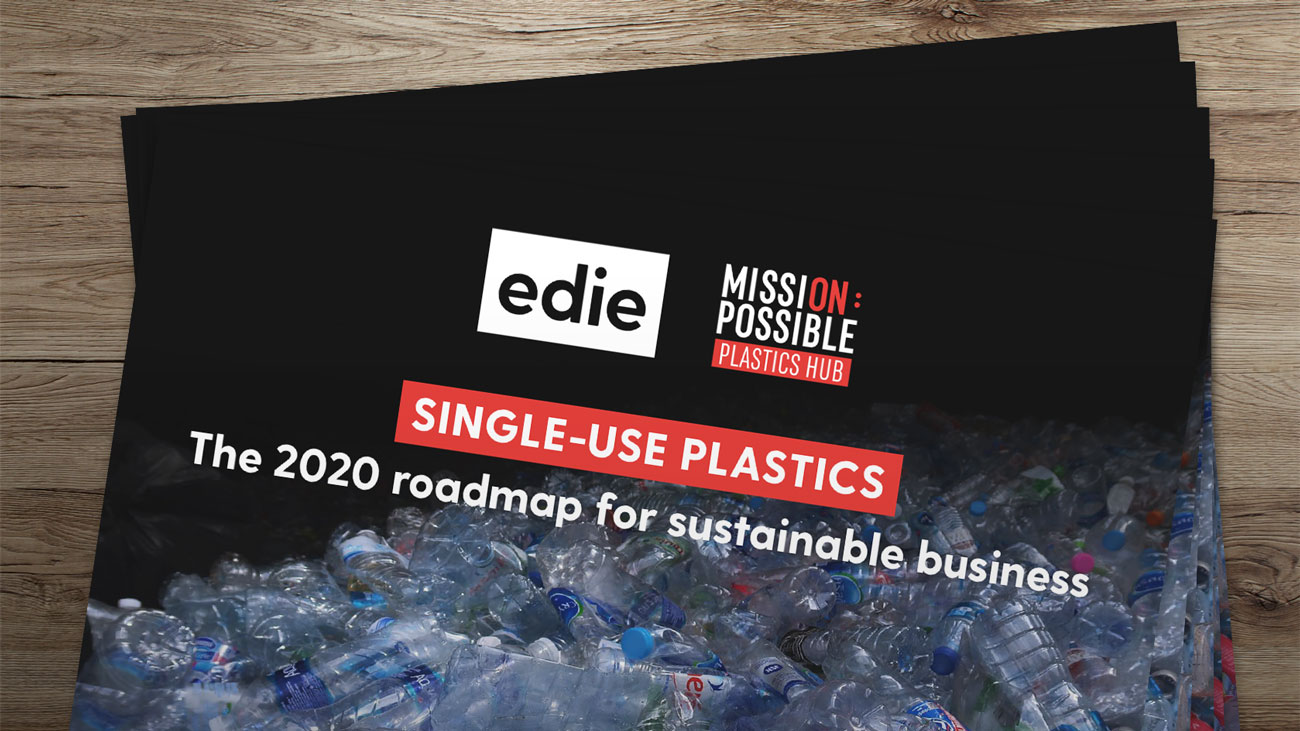
Briefing: Environmental management systems: the benefits
Prioritising environmental sustainability isn’t just a trend, says the International Organisation for Standardisation: it’s a vital strategy for securing the health and prosperity of an organisation for years to come.
Balancing growth with environmental stewardship is more important than ever as the impacts of climate change grow in their scale and frequency. One effective way to do good for the environment and keep a business strong is the implementation of an environmental management system (EMS). Tools and approaches like ISO 14001 are used around the world by organisations that need to assess, manage and improve their impact on the environment.
What is an environmental management system?
So what is an EMS, and why is environmental management necessary? An EMS model is a framework of policies, procedures and practices that helps organisations manage and reduce their impact on the environment. It provides a structured approach to identify, evaluate and mitigate environmental impacts.
The primary goals of an EMS are to ensure:
- Compliance with environmental requirements.
- The efficient use of resources.
- Waste reduction and minimal pollution.
- The continuous improvement of environmental performance.
There are various examples of environmental management systems, but one of the best known and most widely used is ISO 14001. This International Standard provides a systematic approach to environmental management and is recognised globally.
At first glance, an EMS might seem similar to a quality management system (QMS), but there are some important distinctions. The main difference between a QMS and an EMS is that a QMS (such as ISO 9001) usually focuses on improving performance related to products, services and customer outcomes. An EMS, on the other hand, has a specific focus on environmental impact. It allows organisations to establish an environmental management plan, set environmental controls, and track their environmental management objectives.
Key EMS components
The key components of environmental management include:
- Environmental policy: a statement that outlines an organisation’s commitment to environmental sustainability.
- Planning: this involves identifying environmental objectives, setting targets and establishing programmes to achieve them.
- Implementation: this stage involves putting plans into action, allocating resources and assigning responsibilities.
- Checking: regular monitoring of performance against objectives and targets is critical to ensure the timely implementation of corrective actions.
- Management review: a formal review of the EMS supports its continued effectiveness and suitability.
Understanding and implementing an EMS is crucial for businesses looking to reduce their environmental impact and contribute to a more sustainable future. It provides a systematic and effective approach to environmental management, helping organisations achieve their environmental goals while maintaining profitability.
Benefits of implementing an EMS in your business
The benefits of implementing an environmental management system are numerous. One of the biggest is that it helps fulfil compliance obligations. By implementing an EMS, businesses can ensure that they meet relevant environmental requirements. This not only helps to avoid legal issues and penalties for non-compliance, but also demonstrates a commitment to environmental stewardship.
An EMS can also help address issues outside the realm of compliance, such as energy or water management, and can promote stronger operational controls and staff accountability. Some of these benefits are:
- Reduced risks: this proactive approach helps prevent incidents that could harm the environment, and exposure to litigation, fines or sanctions, and reputational damage.
- Enhanced image: by demonstrating a commitment to environmental sustainability through an EMS, businesses can attract environmentally conscious customers and build trust in their brand.
- Increased efficiency: by identifying and addressing areas where resources are being wasted – such as energy, water or material management – organisations can optimise their operations and reduce costs.
- Continuous improvements: a systematic approach helps businesses to continuously improve their environmental performance by setting goals, implementing measures, monitoring progress, and making necessary adjustments.
Ultimately, by integrating an EMS into their operations, businesses can foster a culture of sustainability and contribute to a more environmentally responsible future. Whether it’s about waste reduction, pollution, greenhouse gas emissions, conserving resources, or promoting other eco-friendly practices, an EMS empowers organisations to make positive environmental changes while still achieving their business goals.
Types of environmental management systems
There are several types of EMS and approaches to environmental management, so it’s important for organisations to choose one that works best for them. Companies could opt to develop their own bespoke system from scratch that puts their objectives, resources and strategies at the core of their environmental management plan. An in-house EMS will gel seamlessly with an organisation’s operations, but they take a great deal of time and capital to develop effectively.
A more practical, cost-efficient approach is to follow existing best practices. Using international standards and guidelines allows a business to focus on getting its environmental management right without needing to sink resources into developing its own EMS system. Standards such as ISO 14001 are already aligned with compliance obligations, providing approaches and guidelines that are easy for businesses to follow.
What is ISO 14001?
ISO 14001 provides the criteria for an EMS that an organisation can use to identify, track and enhance its environmental performance, fulfil its compliance obligations and achieve its environmental objectives. The standard can be used in whole or in part by any organisation – regardless of size or industry – that wants to strengthen its environmental action; whether that’s by improving the sustainability of a product, a company’s operations or the services it provides.
What is the Plan-Do-Check-Act cycle?
ISO 14001 is based on the continuous improvement model Plan-Do-Check-Act (PDCA). Through the PDCA cycle, businesses can stay ahead of changing environmental needs and expectations. They can identify areas for improvement, implement innovative solutions, and track their progress towards their environmental objectives. This iterative process ensures that the EMS remains effective and aligned with the organisation’s business goals.
Practical steps to implement a successful EMS
Implementing an EMS can seem like a daunting task but, with a clear plan and stakeholder buy-in, any business can successfully integrate the methodology of environmental management into their operations. The following steps may serve as a useful starting point:
- Assess environmental impact: organisations should conduct an environmental review to identify the areas where they have the most significant impact on the environment. This will help to prioritise their efforts and set goals for improvement.
- Establish environmental management objectives: based on the findings from the environmental review, businesses should set specific and measurable objectives that align with their goals. These objectives might relate to reducing waste, conserving resources or improving energy efficiency.
- Develop an implementation plan: businesses should then create a detailed plan that outlines the actions needed to achieve their environmental management objectives. This plan should include timelines, responsible parties and required resources.
- Engage employees: organisations should engage their employees by communicating the importance of the EMS and their role in its success. Businesses should invest in training and resources to ensure that everyone understands their role and responsibilities in contributing to environmental sustainability.
- Implement monitoring and reporting systems: businesses should put in place systems to track and measure their progress towards objectives. Regularly reviewing and analysing the data to identify areas for improvement and celebrate successes should be key actions.
- Continuously improve: organisations should use the PDCA cycle to continuously improve their environmental performance. Set new objectives, implement measures, monitor progress and make necessary adjustments – all these ensure the EMS remains effective and aligned with business goals.
The importance of continuous improvement
Continuous improvement is a fundamental aspect of any successful EMS. In order to effectively manage and reduce their environmental impact, organisations must be prepared to regularly measure their progress and change plans if they find a better way to do something.
Prioritising continuous improvement allows businesses to achieve long-term sustainability and reap the benefits of reduced environmental impact and increased efficiency. It enables organisations to respond to new environmental requirements, industry trends and consumer demands, while staying competitive in the market.
By embracing the PDCA cycle and consistently striving for better environmental performance, businesses can make a lasting impact on their operations and contribute to a more sustainable future.
International Workplace's Environmental awareness training course helps learners understand environmental issues and their relevance to business activities. Every workplace has a responsibility to ensure staff have a sufficient understanding of environmental awareness in order to help the business meet its environmental objectives. This course outlines the key points to enable workers to understand the importance of environmental awareness regardless of their position. Find out more here.






